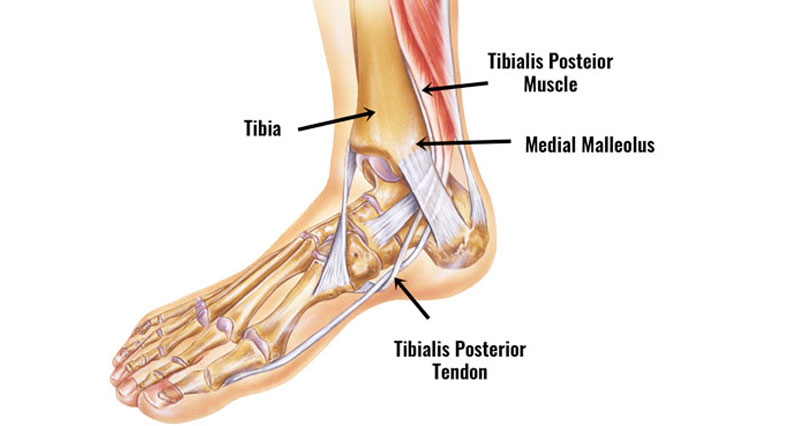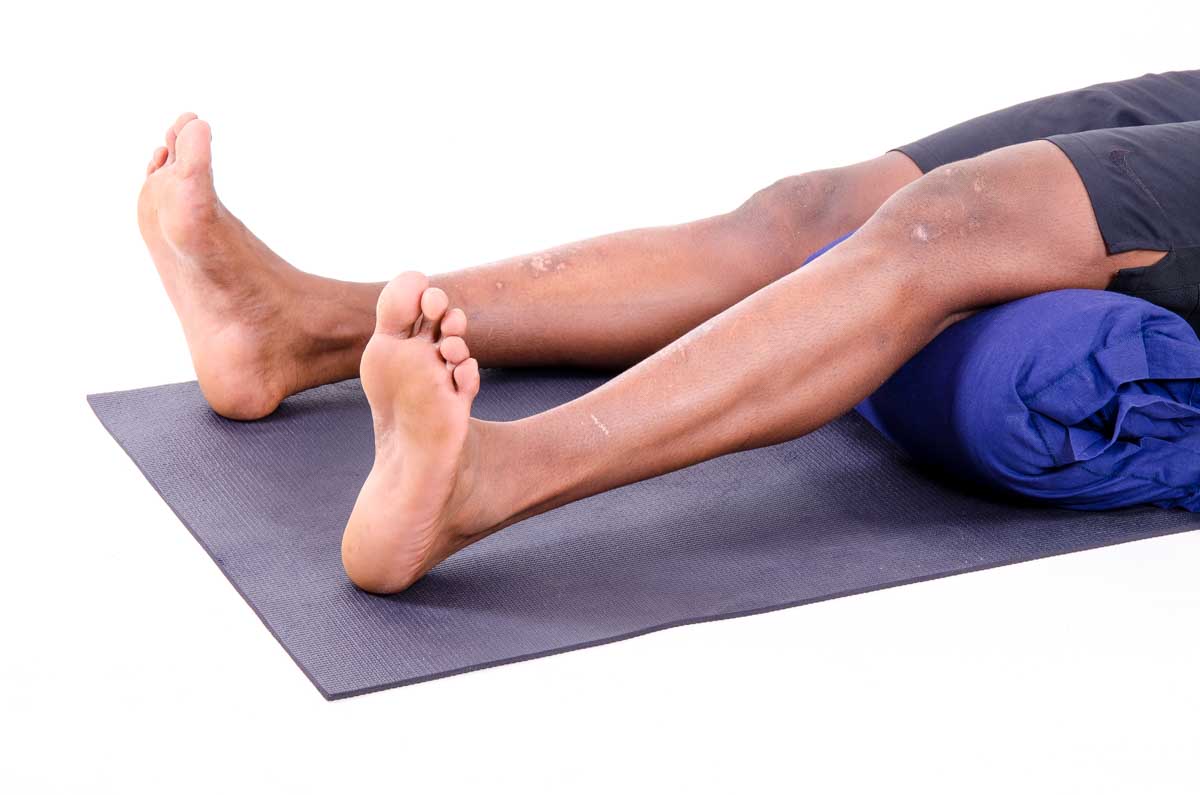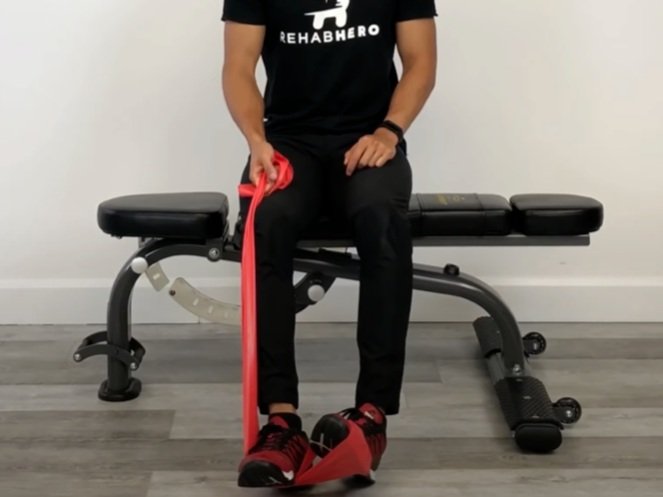Rear-foot inversion–eversion during walking. Throughout the entire
4.8 (795) · $ 10.00 · In stock
Download scientific diagram | — Rear-foot inversion–eversion during walking. Throughout the entire gait cy- cle, there was a significant mean difference of 2.07 ° ± 0.29 ° between chronic-ankle-insta- bility (CAI) and control subjects. CAI subjects demonstrated more inversion than controls. from publication: Altered Ankle Kinematics and Shank-Rear-Foot Coupling in Those With Chronic Ankle Instability | Kinematic patterns during gait have not been extensively studied in relation to chronic ankle instability (CAI). To determine whether individuals with CAI demonstrate altered ankle kinematics and shank-rear-foot coupling compared with controls during walking and jogging. Case | Ankle Joint, Kinematics and Gait | ResearchGate, the professional network for scientists.
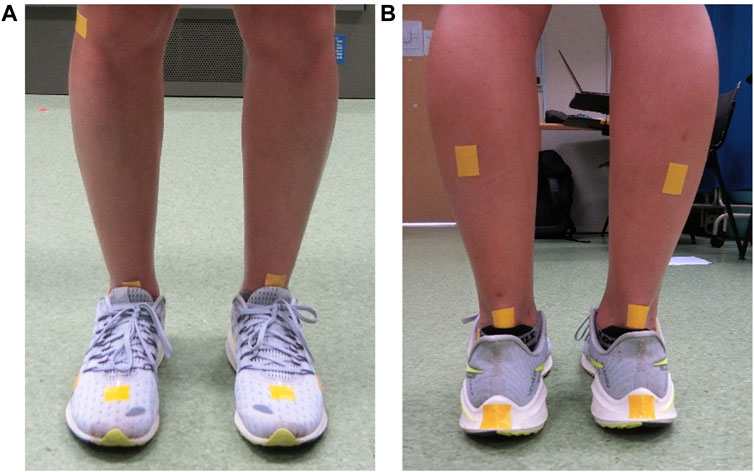
Frontiers Crossover gait in running and measuring foot inversion angle at initial foot strike: a front-view video analysis approach

Rearfoot inversion(+ve°) and eversion (-ve°) during walking and running

Spatiotemporal gait characteristics and ankle kinematics of backward walking in people with chronic ankle instability
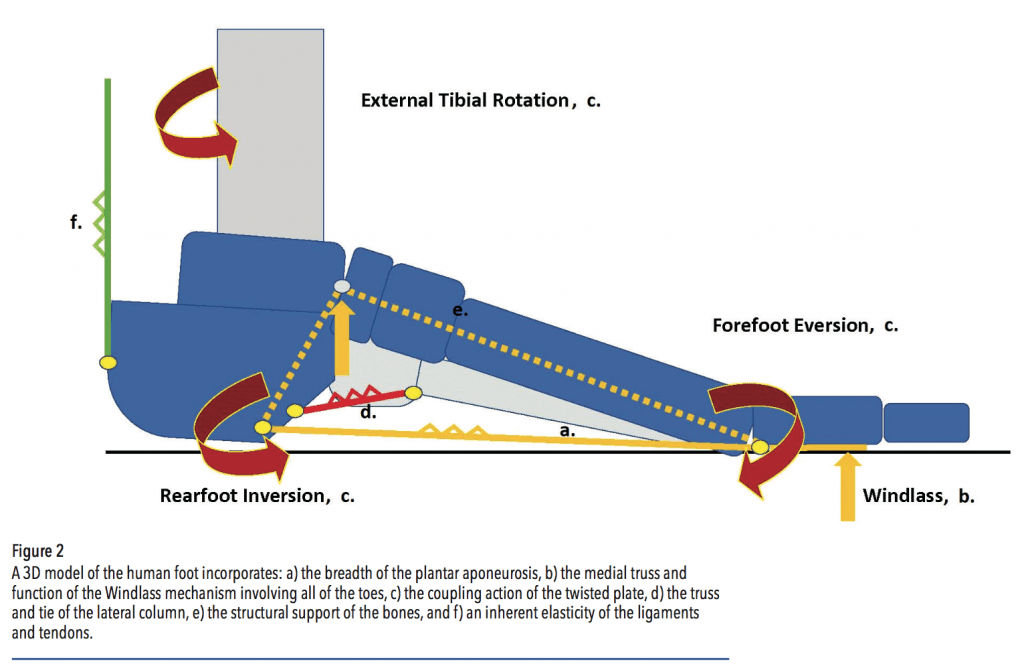
Arch Mechanics and the Plantar Fascia - Hersco Edu Center

The effect of changing mediolateral center of pressure on rearfoot eversion during treadmill running - ScienceDirect

Gabriele PAOLINI, CEO

Can Your Walking Style Cause Foot Pain?
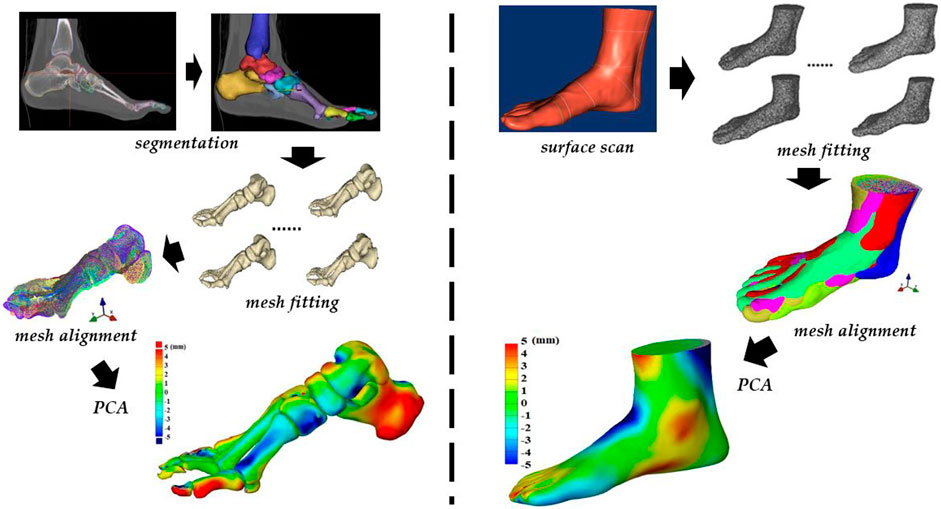
Frontiers Toward improved understanding of foot shape, foot posture, and foot biomechanics during running: A narrative review
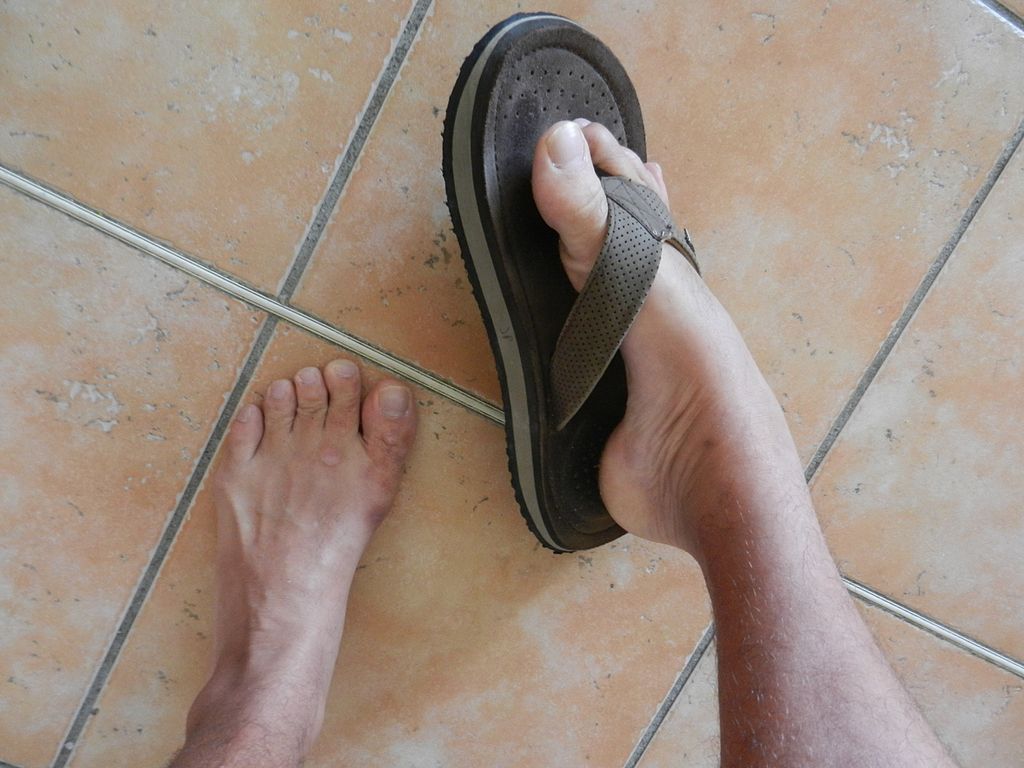
Foot inversion treatment and observation in athletes
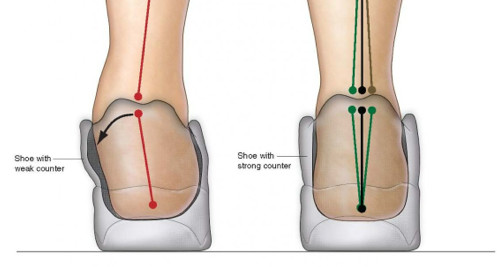
What Is Foot Pronation And Foot Supination? Is It Good Or Bad?
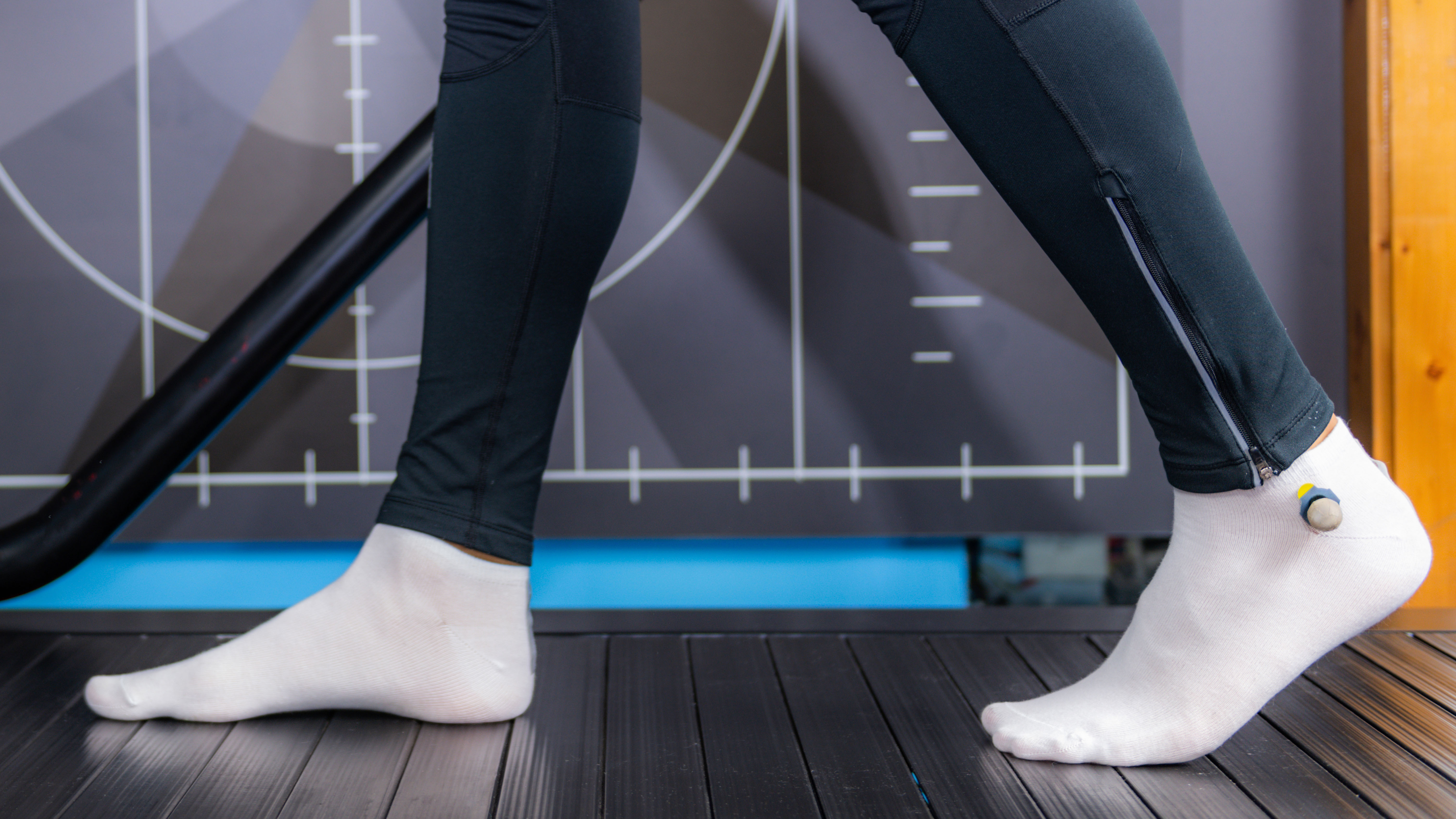
Supination vs pronation

D. KERRIGAN, Research and Development

Pronation of the foot - Wikipedia

PDF) Altered Ankle Kinematics and Shank-Rear-Foot Coupling in Those With Chronic Ankle Instability
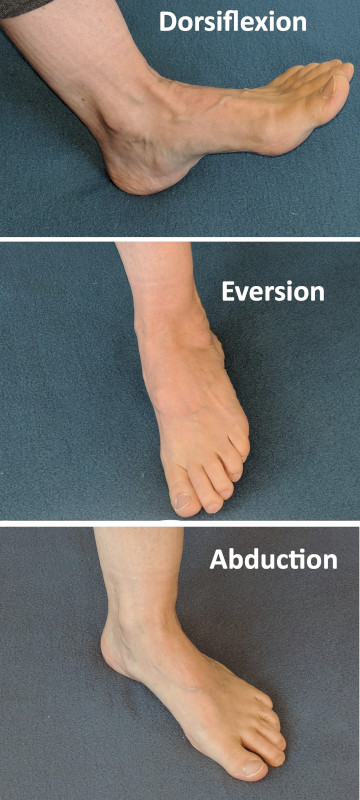
Clinical Relevance of Overpronation - Academy of Clinical Massage







